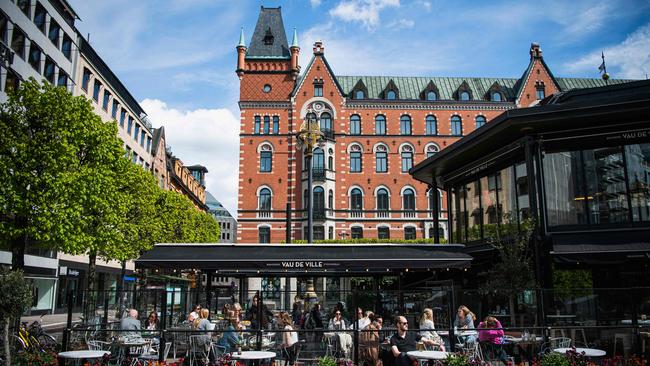
We’ve all seen or heard commentators supportive of the Swedish approach, donning the Nordic gold cross on blue background in beanies and scarfs to cheer them on.
There has been a bit of nonsense spoken about the Swedish approach. It has been driven largely by happenstance rather than design. The Swedish Constitution does not allow for lock downs by political edict.
There is encouragement to social distance, for people to work from home especially if they are in high risk categories. Usage of Stockholm’s public transit system is down 50 per cent whereas in Sydney in April it was down almost 90 per cent.

Nevertheless, the theory from the barrackers goes that Sweden’s economy is churning on throughout the pandemic. Bars and restaurants are open. Everyone is having a good time.
I am sad to say, the data is coming in now and it is not looking good.
A Danish study released earlier this week revealed that Danish consumers in lockdown conditions similar to those in Australia and elsewhere around the world reduced their spending by 29 per cent. In Sweden with no mandated lockdown, it was 25 per cent.
The study was taken from 860,000 people across both countries who are active customers with Danske Bank, the second largest bank in Scandinavia and measured spending of EFTPOS and ATM transactions, bill and invoice payments and cash withdrawals. It is broadly representative of both populations.
The fact that all three authors of the report are economists might give us pause. You could put four economists in a room for a couple of hours and they would emerge with six different theories. The fact that all three authors are Danish economists might speak of a bit of Scandinavian one-upmanship.
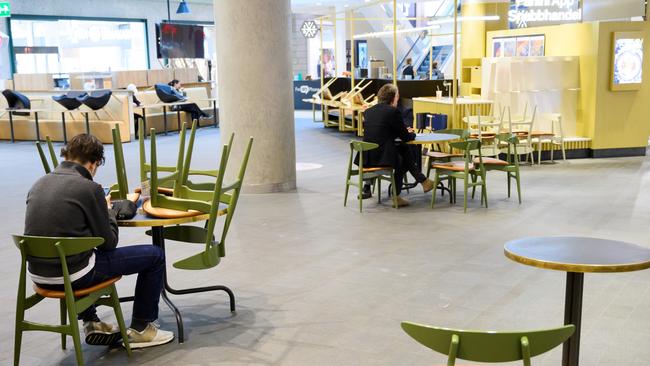
But the data doesn’t lie. The difference between two like countries, one with lockdowns, the other without, indicates the difference in consumer spending was next to nothing.
The study shows people will naturally reduce their spending in times of pandemic. It is the virus itself not the lockdown which causes the greatest harm.
Sweden’s central bank, the Riksbank, provided two possible scenarios for the country’s economic outlook for the remainder of the year, based on two models for the extent of the pandemic, one with recovery commencing in the third quarter, the other with the effects of the pandemic continuing into 2021.
In the first scenario, gross domestic product is predicted to contract by 6.9 per cent in 2020 before rebounding to grow 4.6 per cent in 2021. In a more negative prediction Sweden’s GDP could contract by 9.7 per cent with recovery limping along at 1.7 per cent in 2021.
The forecasts in Denmark from Danish Financial Institution, De Økonomiske Råd adopted the same two scenario approach, one with the affects of the pandemic easing this year forecasting a 3.5 per cent decline in GDP in 2020, the other more gloomy scenario, a 5.5 per cent decline.
On these figures, it would seem Sweden has taken all the risks for no economic benefit.
The shining light of redemption comes in the form of what Sweden’s Chief Epidemiologist, Dr Anders Tegnell, this week predicted was herd immunity in Sweden’s capital, Stockholm “within weeks”.
For the record, as of yesterday there were 28,583 diagnosed cases of COVID-19 in Sweden with a population of 10.3 million. There were 10,188 diagnosed cases in Stockholm with a population of 975,000. The death rate in Sweden is 342.6 per million people, lower than France (414.78), Italy (514.5), the UK (488.6) and Spain (579.7), but higher than Denmark (92.0).
The Swedish approach to COVID-19 is to promote herd immunity in the absence of a vaccine. Many immunologists believe it may not be possible given SARS-CoV-2’s novelty and potential for mutation.
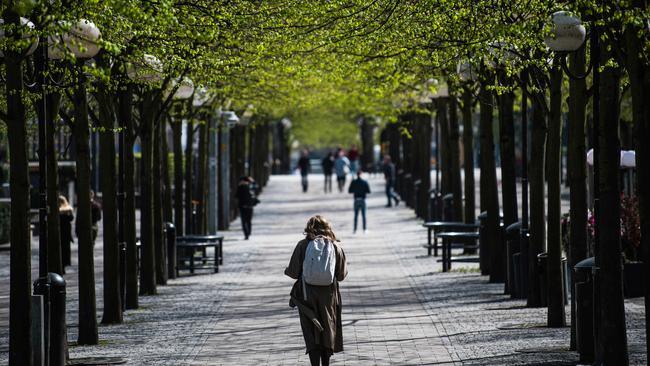
What is starting to become understood is the rate of COVID-19 infection needs to be around 70 per cent for herd immunity to kick in.
In another study published earlier this week, this one of an epidemiological investigation by the Pasteur Institute, 4.4 per cent of the French population – or 2.8 million people – were found to have been infected with the SARS CoV-2 virus. The official number of recorded cases as of yesterday was 180,000. The study showed the infection rate is estimated at 15 times that of the number of diagnosed cases.
In Australia, Chief Medical Officer Professor Brendan Murphy puts the figure at around ten times the recorded cases of infection, somewhere around 70,000. It may actually be a lot less given the dribble of diagnosed cases across the nation in the last week.
Putting the French study figures across New York City’s recorded cases, there is an infection rate of 63 per cent. Still too low for herd immunity to occur and look at the carnage: 27,463 deaths as of yesterday. And those are just the deaths that occur in hospitals.
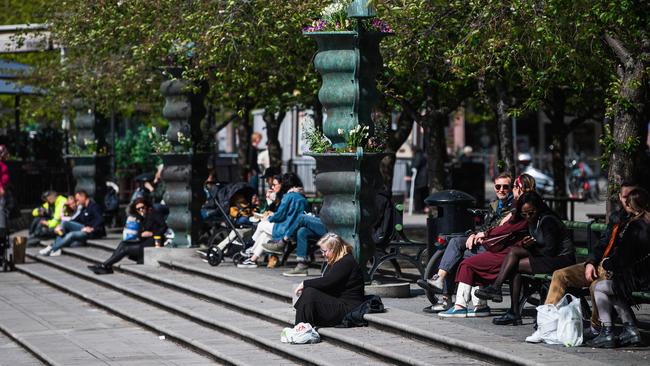
As an aside, there is another study, or series of studies that confirm there have been no recorded cases of transmission from children aged 10 or below anywhere in the world.
That’s around 3.3 million Australians. They should be at school. They need to be taught face-to-face to continue the development of critical literacy and numeracy skills and they need to continue peer group interaction to develop critical social and emotional skills.
But let’s get back to Sweden. For herd immunity to occur in Stockholm alone, there would need to be 690,000 people infected or 67 times the number of recorded or diagnosed cases to date with a death rate at 0.005 per cent.
Herd immunity in Stockholm in weeks? It seems most unlikely.
The Swedes undertook their unusual approach to the pandemic not on the basis of reducing economic hardship but because their health experts genuinely believed that it offered the best possible health outcomes for the Swedish people.
What is clear is, Sweden’s barrackers have got the first part of the equation wrong. Sweden is headed for a similar size descent in economic activity despite not mandating lockdowns or social distancing.
The second part of the equation, the development of a regionally restricted herd immunity is as yet to be seen but in the unlikely event that it does come, it will have come with at least as much economic misery as there is anywhere around the world.





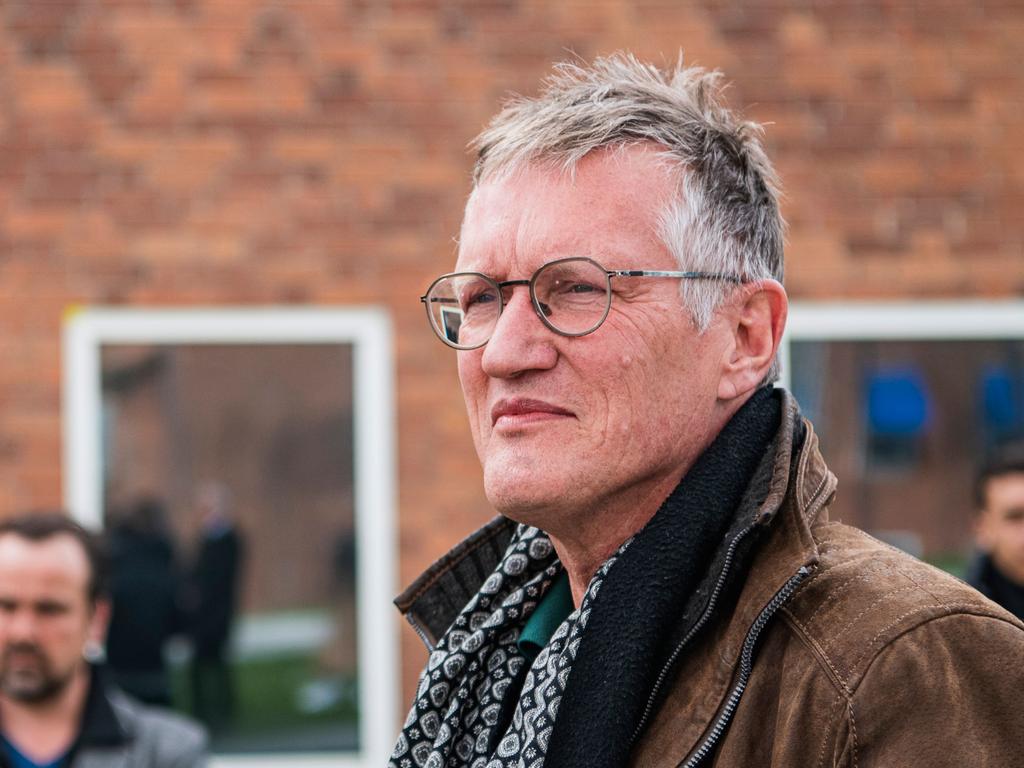


This pandemic has a way of turning accepted truths on their heads.